Pharaohs and Fantastic Tales: How Egyptian Mythology Captures Kids’ Imaginations
Subscribe & Get Free E-books!
Subscribe to our channel and fill out the form below to receive exclusive free e-books directly in your inbox.
After watching Time Travelling Tots: Journey to Ancient Egypt, don’t be surprised if your child starts asking questions that sound more like fantasy than history:
“Who’s the god with a bird head?”
“Why did they believe in a boat sailing across the sky?”
“Did people really think cats were magical?”
These aren’t just curious questions—they’re signs that your child is connecting with the heart of ancient Egyptian mythology.
Egyptian myths weren’t just bedtime stories. They were how people made sense of the world around them—explaining the sun, the Nile’s flooding, life, death, and everything in between. For children, these stories offer a unique mix of magic, mystery, and meaning. And when kids are drawn to mythology, they’re not just absorbing old tales—they’re developing a love of story structure, critical thinking, and cultural understanding.
Why Egyptian Myths Work So Well for Kids
Myths are memorable. Gods with animal heads, talking creatures, journeys through magical realms—these are exactly the types of stories that stick with children. They also teach important ideas in creative ways: right and wrong, bravery, kindness, respect for nature.
The visual nature of Egyptian mythology—like the weighing of the heart against a feather, or Ra riding a solar boat—makes it easy for young minds to picture and even act out.
Most importantly, these myths leave room for interpretation. Kids can ask “What if?” and create their own endings, enhancing imagination and problem-solving skills.
Simple Ways to Explore Egyptian Myths at Home
You don’t need a degree in history to keep the learning going after the episode ends. Here are a few family-friendly ways to explore mythology together:
1. Read a Simple Myth Together
Choose a short version of an Egyptian myth, like the tale of Isis and Osiris or how Ra lights the sky. Read it aloud, then ask your child what they think the story means. You’ll be amazed by how naturally kids connect ancient ideas to their own lives.
2. Design a Mythical Character
Ask your child: “If you could create your own Egyptian god or goddess, what would they look like? What would they do?” Then draw it together or turn it into a paper doll or puppet.
3. Make a Myth Storybook
After hearing a few different myths, invite your child to create their own. Fold a few pieces of paper together, staple them, and let your child write and illustrate a short story in the style of ancient myths. Give it a title like The Legend of the Moon Cat or Why the Nile Never Sleeps.
Learning Without Lectures
What makes mythology such a wonderful follow-up topic is that kids don’t even realize they’re learning. They’re storytelling, imagining, building, asking questions—and behind the scenes, they’re strengthening reading comprehension, artistic expression, and cultural awareness.
And because ancient myths are so different from our modern world, they also help children realize that people across time and place see the world in beautifully different ways.
So if your child walks away from Journey to Ancient Egypt fascinated by gods and creatures instead of kings and monuments, embrace it. Follow their curiosity. And don’t worry if they turn your family cat into Bastet for the day. After all, in ancient Egypt, that would’ve been completely normal.
Frequently Asked Questions
Helping Your Child Explore Egyptian Mythology After Watching “Journey to Ancient Egypt”
1. My child is fascinated by Egyptian gods—should I be concerned?
Not at all. Children are naturally drawn to characters with big personalities and unique visuals, and Egyptian gods certainly fit that bill. A god with the head of a jackal or a sun disc above his head might seem unusual to us, but for kids, it’s simply another fun and interesting way of seeing the world. You can leverage this interest as an opportunity to teach empathy, storytelling, and an appreciation for different cultures.
2. Are these myths too scary or complex for young children?
It depends on how they’re told. Many original myths do include themes of death, jealousy, or the afterlife, but when simplified, they become rich stories full of bravery, kindness, and wonder. The goal isn’t to retell every detail, but to help kids understand that people have always used stories to explain the world around them.
3. What age group is ready for this kind of mythology?
Generally, kids aged 4 to 8 are just the right age for simplified mythology. They’re old enough to follow symbolic stories, but still young enough to appreciate the magical, imaginative elements. Just keep explanations light, fun, and focused on the story—not the theology.
4. How can I talk about gods and myths if we practice a different religion?
That’s a thoughtful question. A good approach is to frame it like this: “These were the stories that ancient Egyptians believed a long time ago. Just as we hold our own beliefs, they had theirs too. It’s interesting to see how people have always asked big questions.” Most kids understand this with no trouble—it’s a respectful and honest way to introduce cultural differences.
5. What’s an easy way to keep the learning going at home?
You don’t need a textbook or a visit to a museum to explore further. Draw a comic strip of Ra’s journey across the sky. Make a paper mask of Anubis. Ask your child to invent their own Egyptian god with a special power. These activities encourage creativity and let you share the learning process together.
6. My child’s retelling the myths with their own twist—is that okay?
Yes, and it’s actually a great sign. When kids take a story and put their own spin on it, they’re processing what they’ve learned and building their own narrative skills. Let them mix, match, and imagine. It shows they’re thinking critically—even if it’s silly.
7. Are there any good books or videos you recommend?
Absolutely. Look for illustrated books like Egyptian Myths by Marcia Williams or You Wouldn’t Want to Be an Egyptian Mummy! by David Stewart. For videos, National Geographic Kids and BBC’s Horrible Histories have age-appropriate clips. But honestly, nothing beats reading together and making up your own adventures.
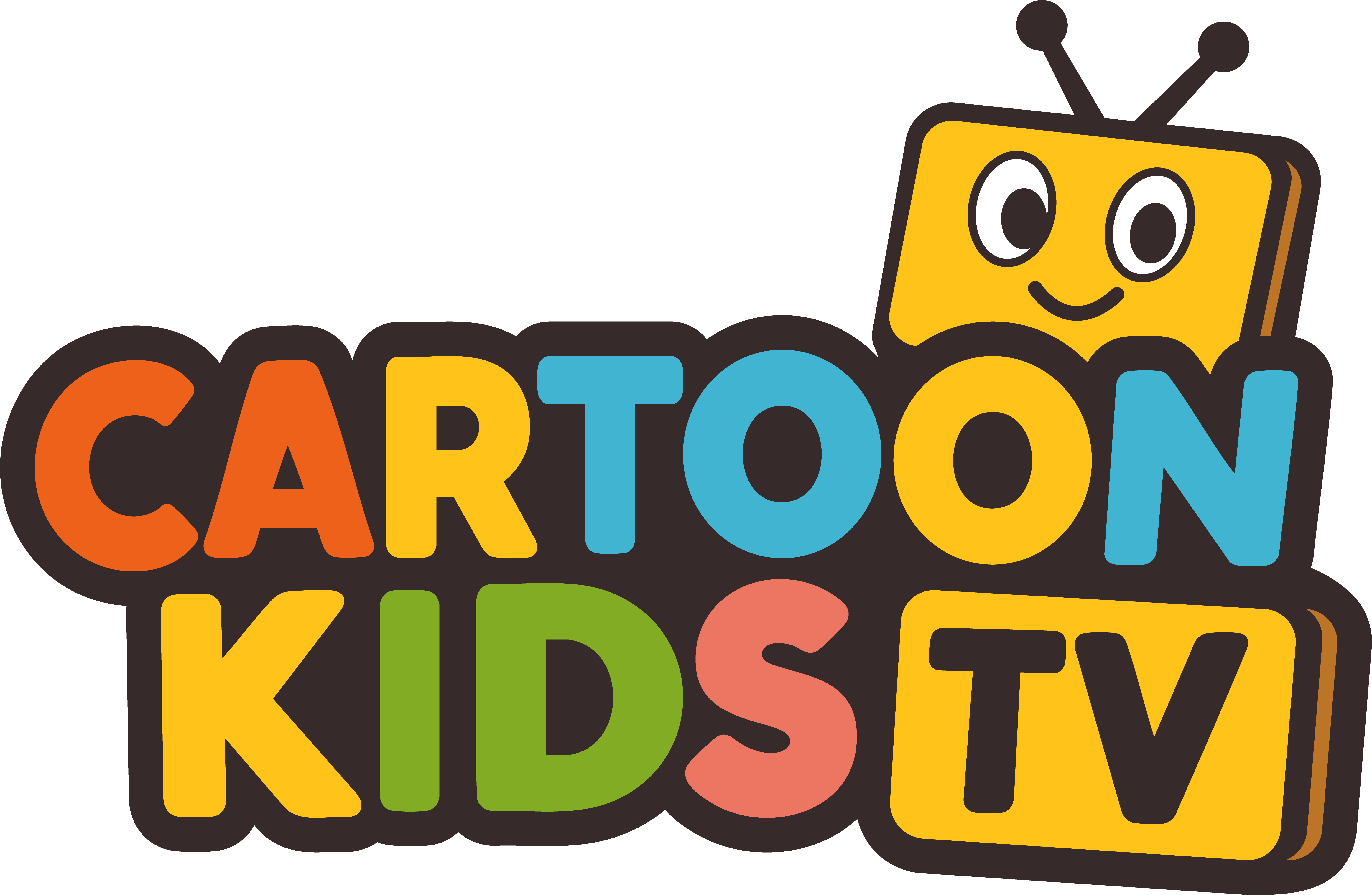
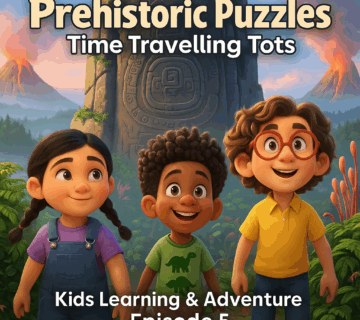
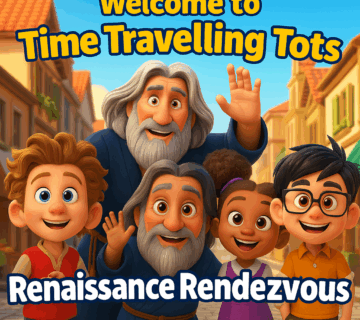

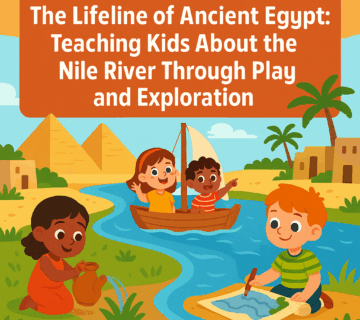
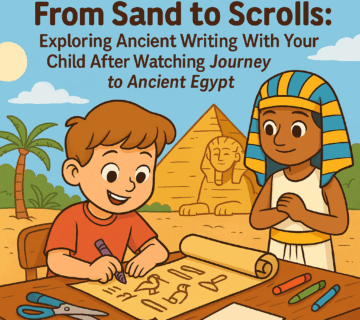
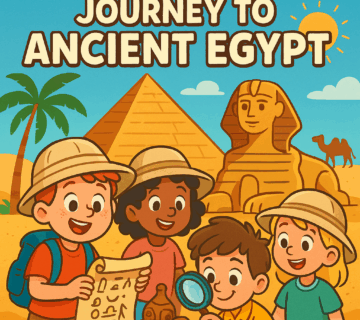
No comment